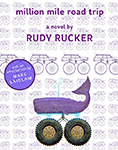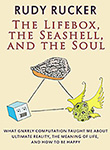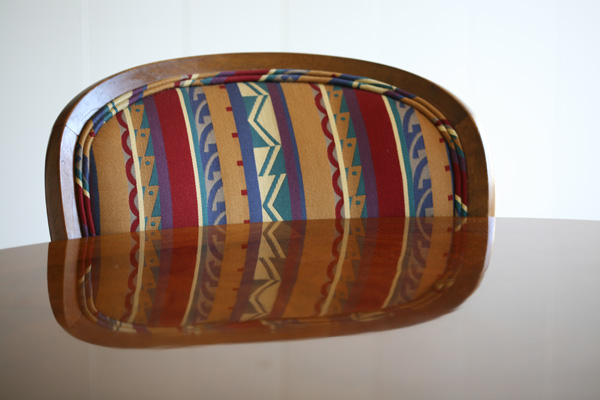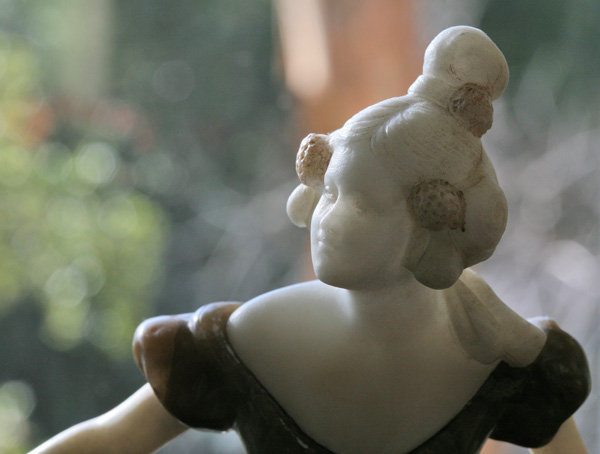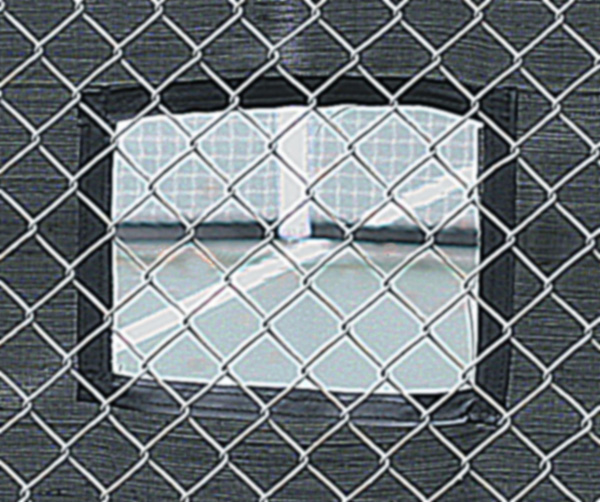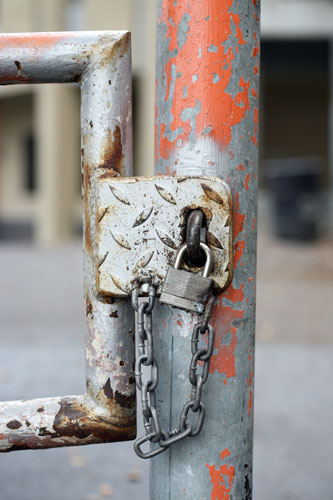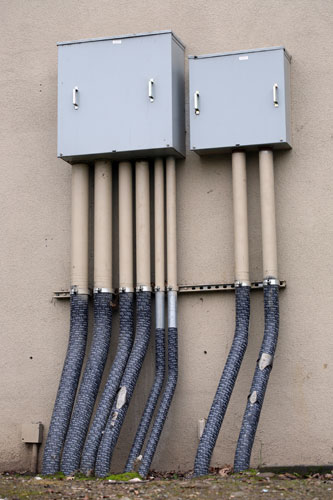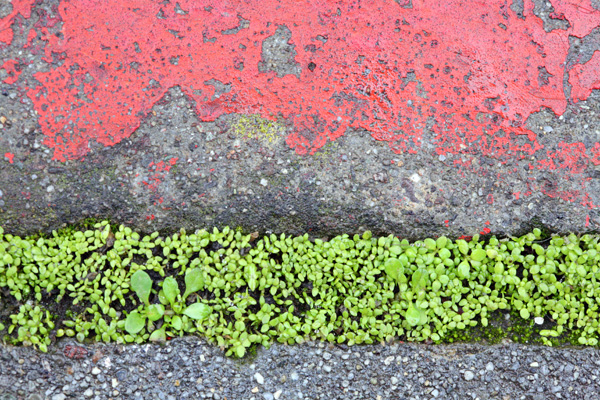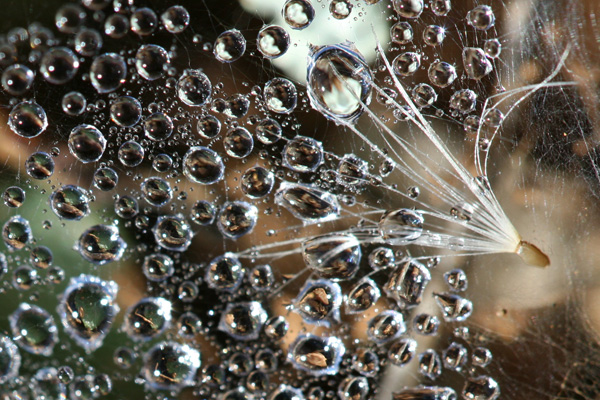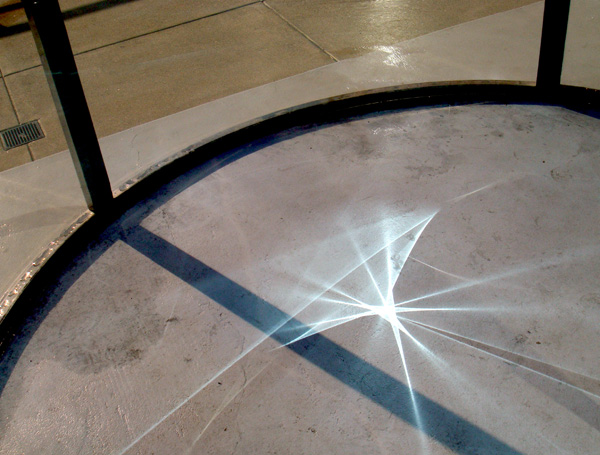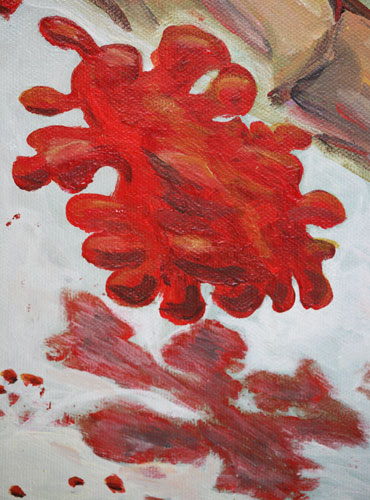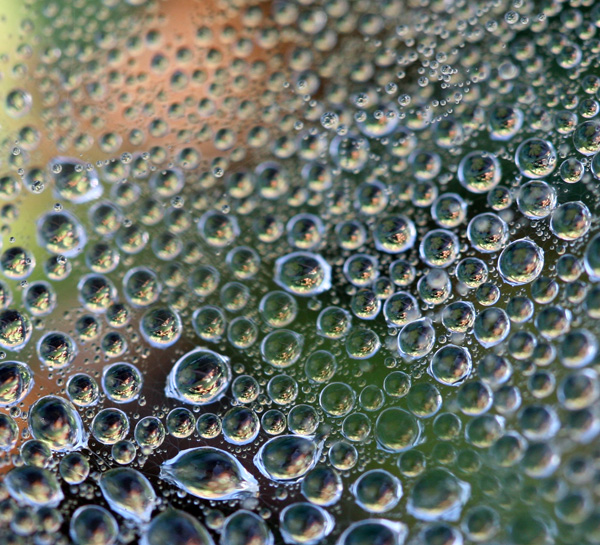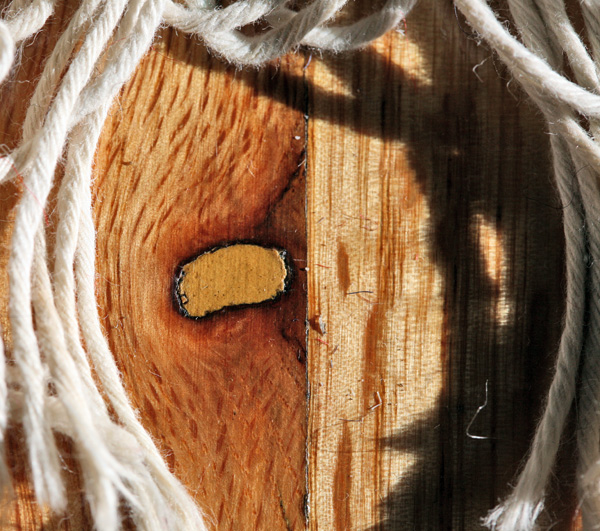
I was in the good old Museum of Modern Art in New York last week, the real MOMA. On the fifth floor they have modern art from 1880 ”“ 1940, on the fourth floor the art from 1940- 1970, and on the second floor the contemporary art.

I prefer the fifth floor, that is, the early modernist stuff. The thing is, I prefer paintings, with colors, and without words written on them.
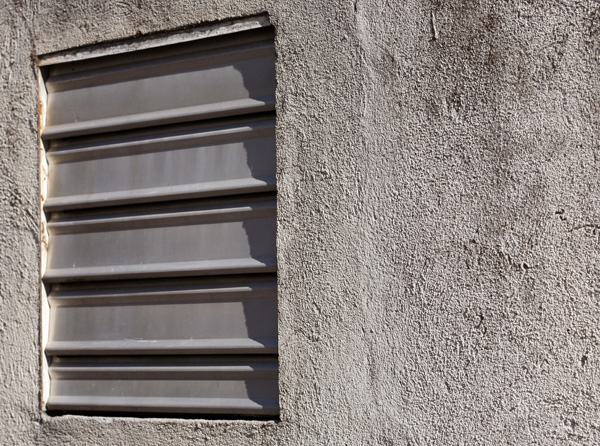
Pop Art does have colors, but as the decades go by, most of the work looks increasingly thin—although, to my eye, Rosenquist still holds up. The post-Pop artist Basquiat still looks pretty good, although, again, at least for me, any painting with words written on it is less interesting that it would have been without the words. And Philip Guston is still great, and even Rothko holds up, if you give him time to sink in.

There are some great contemporary artists as well, but none of seemed to be on display in the MOMA last week. All they had was the middle range of contemporary art. In the future, I can’t imagine that anyone at all will be looking at these beige, white, and gray works. There’s no eye candy, no thought or too much thought, and little evidence of craft or sustained effort.

[Detail of Vincent van Gogh, “L’Arlesienne”]
Why has Western art gone in this direction? One factor is our capitalist conception that last year’s model is obsolete, and this year’s model has to seem new and different. We take this for granted. But keep in mind that other cultures are comfortable with having artists and craftsmen stick to certain standard forms, continually refining and improving on what’s gone before. Would it be so bad to try and paint like Picasso or van Gogh or Thiebaud? Or maybe some people are doing that, and the fire just isn’t there?
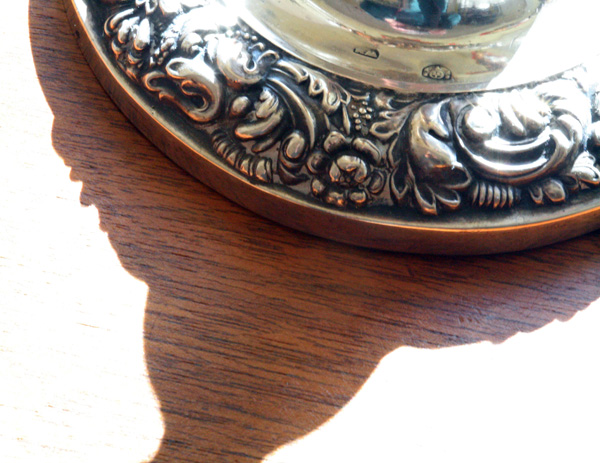
The down side of the traditionalist slow refinement model is that you end up with, like, a museum filled with paintings of the Crucifixion, or with endless calligraphic scroll paintings of mountain trees in fog.
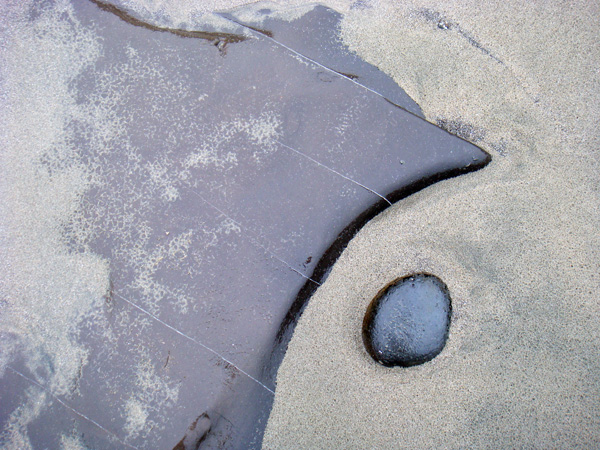
But, as I was saying, the down side of innovation for innovation’s sake is that you end up discarding too many valid modes of artistic expression. And somehow—I’m not sure why—you end up with beige, brown, and black paintings with words on them. And little piles of garbage here and there. “Sculptures.”
Of course Tom Wolfe said all this years ago in his 1975 book The Painted Word. Nobody listened to the old fuddy-duddy.

Is there another path for new art other than discarding everything that was good about painting? Well, sure, you can use entirely new media. And this is where video art, or interactive computer art comes to the fore.
Generally I don’t like video art—it takes a long time to look at it, and it makes noise that spills over into the other parts of the museum, unfairly weakening the effects of the other works of art on display.
But at the MOMA I did see a very impressive video piece by Pipilotti Rist at the MOMA—I’ve seen her work before. She’s cool.

[Detail of a Metropolitan Museum of Art painting by Vincent van Gogh]
But nobody touches Vincent.


